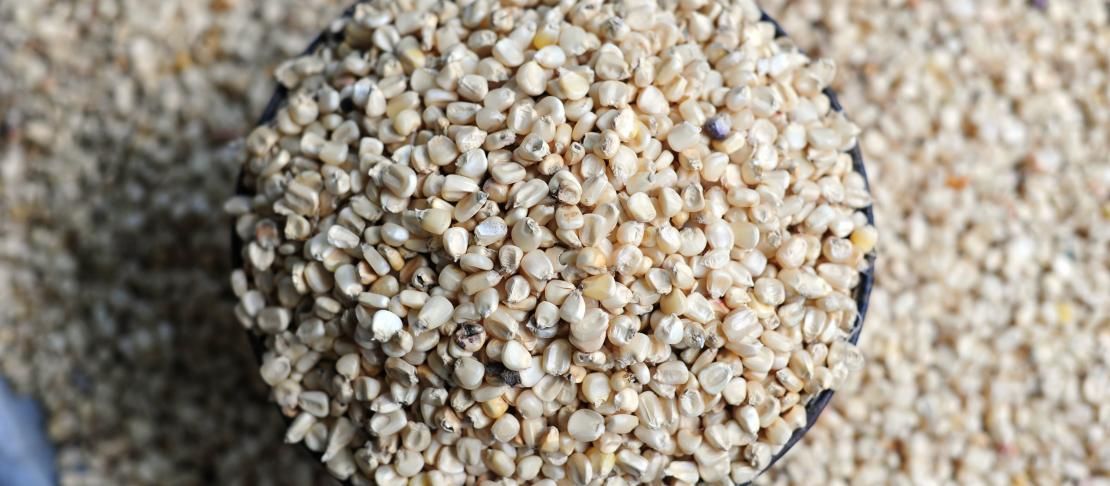Africa’s potential croplands must serve regional food needs first

Op-ed by Timothy Searchinger, Princeton University and Philip Thornton, CCAFS Flagship Leader, originally published in Financial Times "This is Africa."
Africa could be on the brink of an agricultural revolution. Political commitment to the sector is thankfully gaining momentum as an effective route to bring African populations out of hunger and poverty.
But there is also talk that the region’s potential croplands should feed the rest of the world as well, in addition to providing vast quantities of biofuels. However, a new scientific paper released this week suggests African countries should cast global requests aside and instead focus on staple crop production to feed the continent first.
The alternative claim has been that Africa has hundreds of millions of hectares of relatively untouched woody savannahs and wetlands across more than 20 countries known as the Guinea Savannah could be used to produce crops. Many argued that cultivating these areas should be viewed as environmentally low cost because they do not qualify as “forests”.
Even if many of these lands are less valuable than dense forests, they may still be valuable in their own right, particularly relative to the food or energy they could potentially produce. Our paper finds the carbon and wildlife costs of converting wet savannahs are much higher than previously thought.
Take maize for example. What is the chance that it can be produced on these savannahs while releasing substantially less carbon per ton of maize than the world’s typical cropland? Our studies show that only 2 percent of this land has the realistic potential to do so.
For biofuel, it is a similar story. The research reveals that less than 1 percent of the wetter savannahs in Africa have realistic potential to produce cellulosic ethanol - a fuel produced from wood, grass and other plant matter - that would meet EU standards for greenhouse gas reductions. Previous studies that said otherwise ignored the carbon count that converting savannahs to biofuel production would release.
Impacts on animal life would also be substantial. Even though they are not forests, land in the tropics that retains moisture is likely to have much higher biodiversity than elsewhere in the world. Our study shows that average bird and mammal biodiversity in Africa’s wetter savannahs is roughly equal to that of wet tropical forests. In fact, 75 percent of these lands have diversity greater than 75 percent of the rest of the world.
Conversion programs should prioritise Africa’s food and economic needs..
Read the rest of this op-ed in Financial Times "This is Africa."
Op-ed by Timothy Searchinger, Princeton University and Philip Thornton, CCAFS Flagship Leader, originally published in Financial Times "This is Africa."



